10 Historic Sites All Grandkids Should See
Showing your grandchildren these U.S. landmarks will leave a lasting impression
(This article previously appeared on Grandparents.com.)
A family trip to historic places is an important experience that connects all generations to our national story. There is no substitute for seeing real places where people made decisions and took actions that changed the course of America’s history. This year, which marks the centennial of the National Park Service, is a perfect time to explore and discover this heritage.
1 of 10
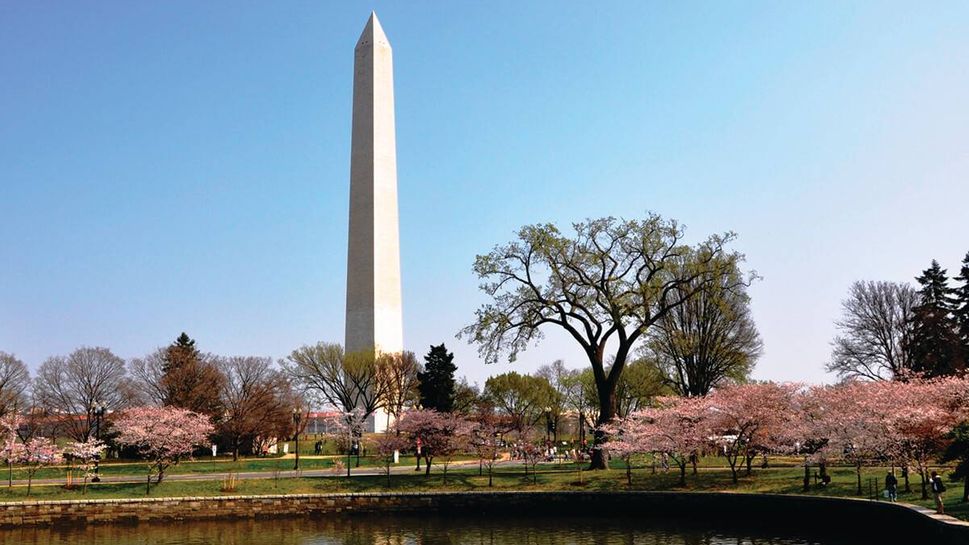
1. National Mall, Washington, D.C.
This is America’s “front yard,” a perfect place to understand and celebrate the nation's ideals, traditions and values. There are world-class museums and inspiring memorials in a setting that is still alive with history. The museums of the Smithsonian Institution, National Gallery of Art and the U.S. Botanic Garden are located here along with memorials to George Washington, Thomas Jefferson, Abraham Lincoln, Franklin Delano Roosevelt and Martin Luther King, Jr. In addition, the Smithsonian’s National Museum of African American History and Culture will open in September.
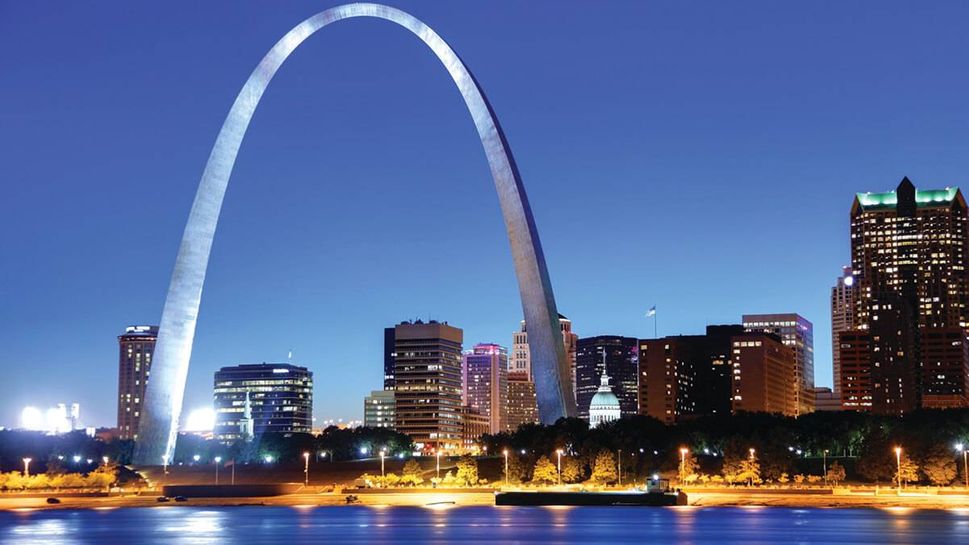
2. Cahokia Mounds, Collinsville, Ill., and the Gateway Arch, St. Louis, Mo.
At the incredible prehistoric settlement of Cohokia Mounds, visitors can climb 154 steps to the top of Monk’s Mound, which was built almost 1,000 years ago, and was the heart of a city of more than 10,000 people. Other mounds used for ceremonies, burials and boundaries have also survived. To the west across the Mississippi, the Gateway Arch is clearly visible from the top of Monk’s Mound.
Completed in 1968 to commemorate the Lewis and Clark expedition that explored the American West, the Arch is the tallest man-made memorial in America and the largest steel memorial in the world. It is a symbol of both western expansion, as well as the creative spirit of designers Eero Saarinen and Hannskarl Bandel.
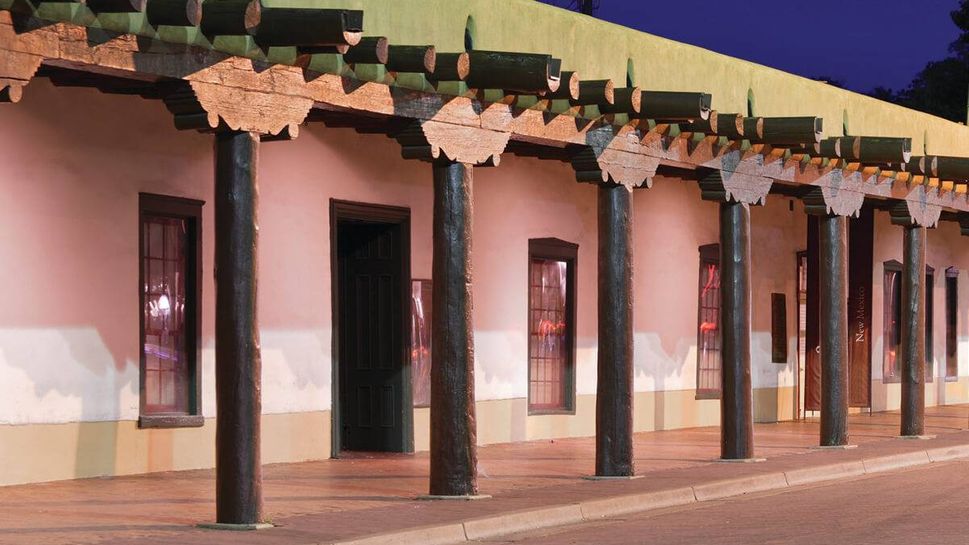
3. Palace of the Governors, Santa Fe, N.M.
The Spanish established Santa Fe in 1609 and built the palace and plaza the next year. The palace, the oldest public building in America, has been renovated several times. Today, its architecture reflects the Spanish and Pueblo Indian heritage that is found throughout the city.
A successful revolt by Native Americans in 1680 expelled the Spanish for several years but they returned in 1692. The city has museums dedicated to southwestern art and history as well as many cultural events. The landscape surrounding the city is spectacular with major archaeological sites and pueblos that preserve traditional native culture.
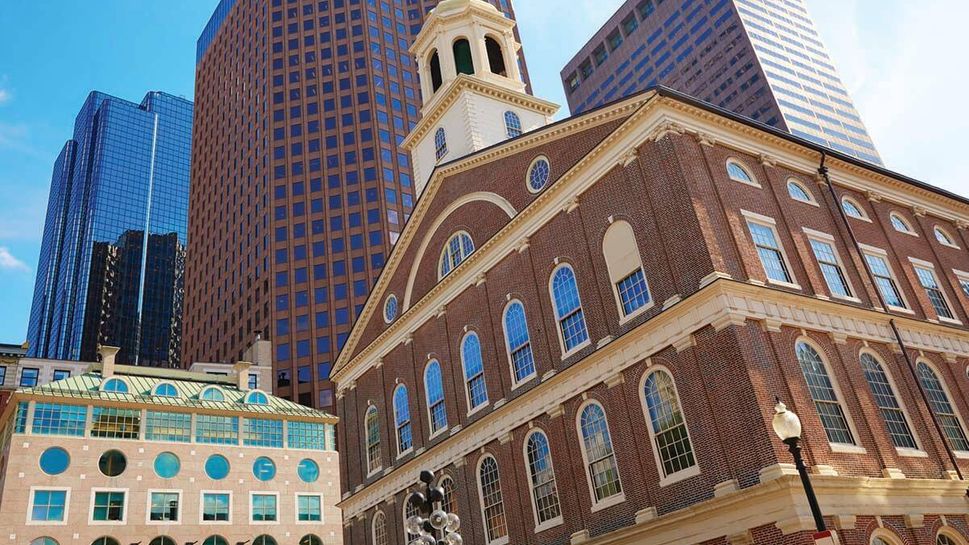
4. Freedom Trail, Boston, Mass.
The 2.5-mile Freedom Trail will have kids walking back through history as they see 16 places associated with events connected to the American Revolution. On the trail they'll get to visit the Boston Massacre site, the Boston Tea Party ship and the home of Paul Revere. They'll also see Faneuil Hall, Old South Meeting House, Old State House and the Bunker Hill Memorial. In addition, the USS Constitution and the Robert Gould Shaw Memorial commemorate later wars.
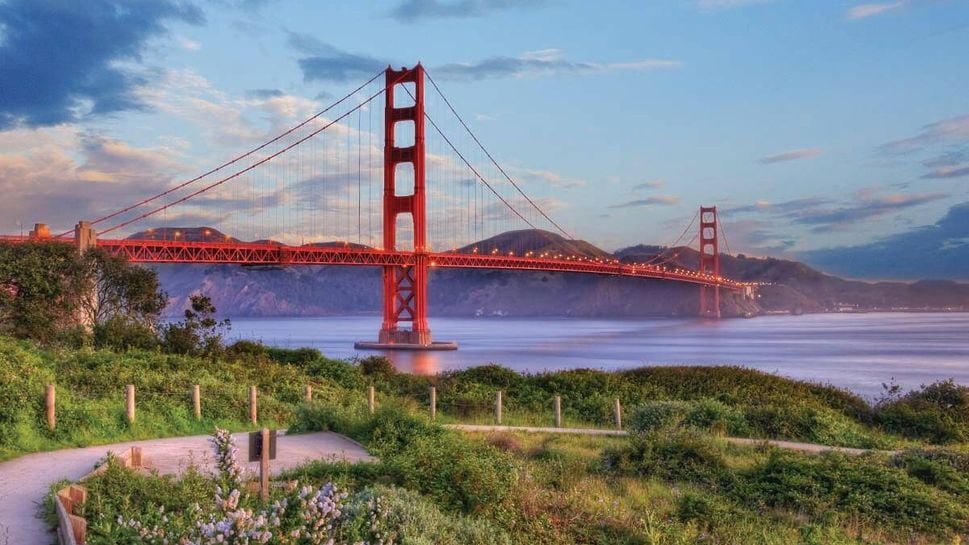
5. The Presidio, San Francisco, Calif.
From its beginnings as a Spanish fort in 1776 to its transformation as a national park in the 1996, the Presidio has been the location of significant events in U.S. western history. As the “defender of the Golden Gate,” the park features military engineering and architecture from every period. Among the greatest attractions are Fort Point, a Civil War era fort; the Army forest, 300 acres of trees planted in the 1880s and 1890s; Crissy Field, birthplace of west coast aviation and 24 miles of trails. The Golden Gate Bridge and Alcatraz Island are nearby.
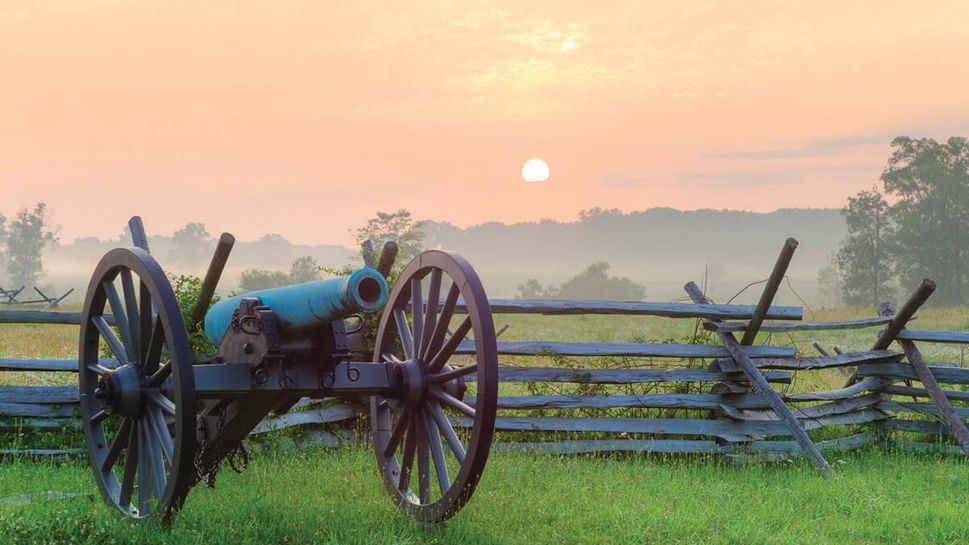
6. Gettysburg National Military Park, Gettysburg, Pa.
Most historians agree that the Battle of Gettysburg from July 1-3, 1863 was the turning point in the Civil War, one of the defining events in U.S. history. A new museum and visitor center are the best starting points to learn about the battle and war and to begin a tour of the major sites including Seminary Ridge, Little Round Top and the Soldiers’ National Cemetery, where Abraham Lincoln delivered his famous address declaring that the nation would have “a new birth of freedom.”
The restored Cyclorama painting, displayed in a new building adjoining the museum, is stunning and offers an excellent narration of Pickett’s Charge that ended with a major defeat for the Confederacy.
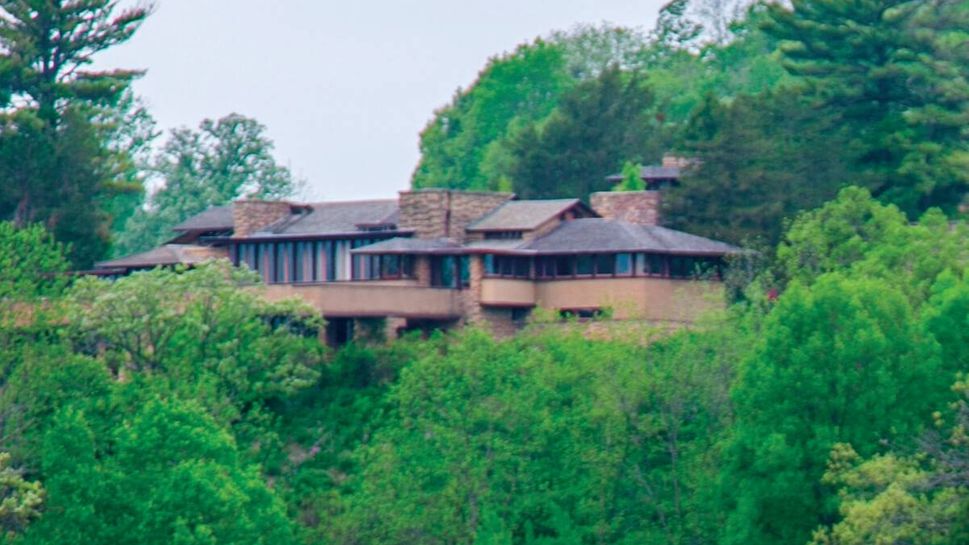
7. Taliesin, Spring Green, Wis.
Frank Lloyd Wright was one of America’s greatest architects. His home, Taliesin, near Madison, Wis., is an excellent example of his philosophy of “organic architecture” and the site of major triumphs and tragedies in his life.
A tour includes Hillside, where his aunts taught school and later served as the home of Taliesin Fellowship; the Romeo and Juliet Windmill Tower; his sister’s home called Tan-y-deri and his residence — originally built in 1911 and rebuilt in 1915 and 1925 — where he maintained gardens, collections of art and furnishings and his personal studio.
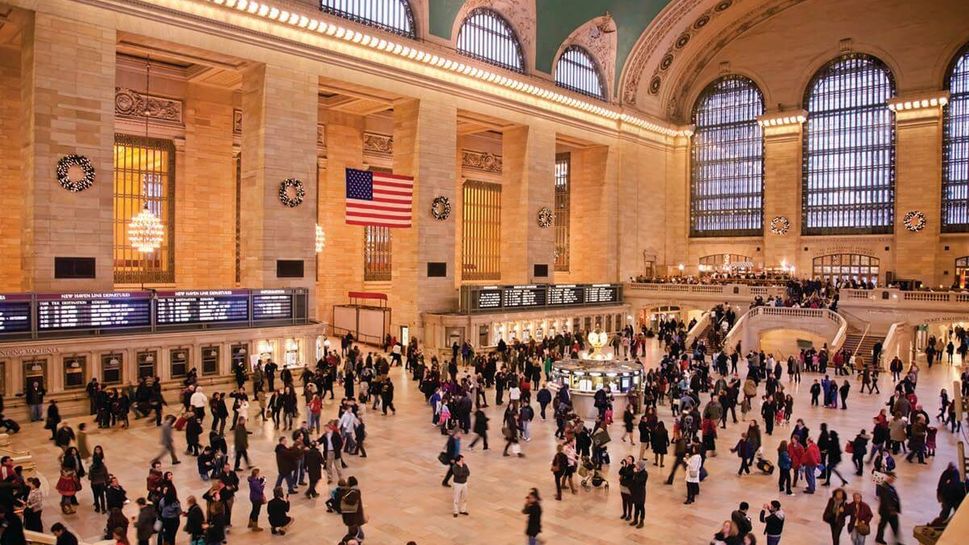
8. Grand Central Terminal, New York, N.Y.
Completed in 1913, this massive train station in New York City — the country's economic and social center — transformed the development of midtown Manhattan, with a roadway connecting both sections of Park Avenue and a two-level platform to serve commuters and long distance travelers.
The architects of the terminal employed artists who created wonderful sculptures including Transportation at the 42nd Street entrance with the figures of Mercury, Hercules and Minerva representing travel, strength and wisdom, respectively. The blue ceiling mural in the Concourse has nearly 2,500 lights representing the stars of the Milky Way, Zodiac signs and major constellations of the October sky.

9. Ford Rouge, Dearborn, Mich.
Politics aside, Henry Ford was one of America’s most influential and successful industrialists, and built the Rouge Plant — completed in 1927 — as a completely self-sufficient factory with all the resources needed to manufacture automobiles. Today the factory tour at Ford Rouge includes a multimedia theatrical presentation about innovation and manufacturing. Visitors can also watch the assembly of F-150 trucks. Nearby are Greenfield Village, America’s first open-air museum and the Henry Ford Museum which has outstanding exhibitions and interactive displays.

10. Central High School, Little Rock, Ark.
An important event in the struggle for equal rights took place at this school. In September, 1957, nine African-American students faced violent resistance from mobs of white protesters when they tried to integrate Little Rock Central High School. Only after President Eisenhower sent in federal troops did the students gain admission.
This story and its place in civil rights history is told at the visitor center across the street from the school. It is the only operating high school in the U.S. designated as a unit of the National Park Service and gives students a unique opportunity to learn first-hand about the significant role their school and community played in the historic Civil Rights Movement.

